Giant Leaf-footed Bug
June Bug
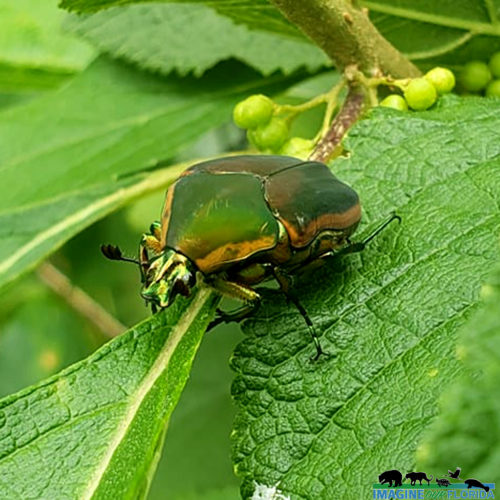
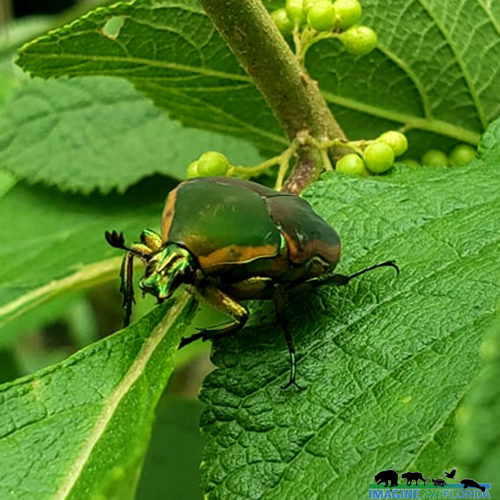
Ebony Jewelwing Dameselfly
Ebony Jewelwing Dameselfies, Calopteryx maculata (Beauvois) are most often seen near slow moving streams. Both males and females have iridescent green bodies. The males wings are dark and the females wings are bronze colored with at white spot on the edge of the foreweings. They are large dameselflies that grow to 2.25 – 3 inches and have wingspans of 1.5 – 2.25 inches .
Female Ebony Jewelwings lay their egss on aquatic debris that forms a raft or dam in a stream. The naiads or juvemiles hatcht and feed on small aquatic prey. The naids are preyed on by frogs, fish, and birds. Adult Ebony Jewelwings are prey for frogs, fish, spiders, birds and the larger dragonflies.
Look for this damselfly that is endemic to eastern North America in Florida as far south as Brevard County on the eastcoast and Desoto County on the west coast. Ebony Jewelwings often rest on branches or leaves where their iridescent bodies shimmer in the sunlight.
Photo Credit: Dan Kon
Mosquito
The most common Mosquito in Florida is the Aedes aegypti species. The females are carriers of West Nile Virus, Eastern Equine Encephalitis, Dengue fever, Chikungunya, and Zika virus. Female mosquitos need blood to produce eggs. Therefore they love to live where people and pets are abundant.
You might be surprised to hear that 80 species of mosquitos call Florida home. This means that Florida has more mosquito species than any other state in the country. Of those eighty species, only 33 bother people and pets. We can narrow it further than that, 13 make people sick.
Some species are only located in certain areas of the state and others throughout the state. Mosquitos can spread a host of diseases from yellow fever, Zika, dengue, encephalitis. In your pets, they can spread heartworm and equine encephalitis. You can’t really avoid mosquitos as some feed during the day and others at night. You will run into one or the other eventually. In Southern Florida, mosquito season begins as early as February and continues through most of the year. In Northern Florida, mosquito season starts in March and follows a similar pattern. The warmer it is, the more active mosquitoes will be, especially at dusk and dawn. Permanent water mosquitos are attracted to standing pools of water, which they need for their eggs to hatch. Females will lay their eggs on the water surface, and the eggs will typically hatch in about 24 hours. Water is necessary to complete the life cycle, and soon the larva will change into a pupa and then emerge into an adult hungry for blood. Florida permanent water mosquito species include Anopheles quadrimaculatus, Culex quinquefasciatus, and Mansonia dyari. Make sure your house and yard are free of standing pools in flowerpots, buckets, and containers. Cut back overgrown yards. Lush plant life can be beautiful, but it’s also a mosquito magnet. They love resting in dense vegetation that can keep them warm and moist. Floodwater mosquitos lay their eggs in moist soil, not standing water. One female floodwater mosquito has the potential to lay 200 eggs per batch in moist areas. The eggs need to dry out before they can hatch into larvae. The eggs survive in the dry soil, in cracks and crevasses. Once the rain from storms begins, the areas become inundated with water, and the eggs are able to hatch. Florida floodwater mosquito species include Culex nigripalpus, Ochlerotatus taeniorhyncus, and Psorophora columbiae. Seal up cracks and holes in windows and doors, anything that may let a mosquito in. If you have a patio that is not enclosed, use mosquito netting. It is recommended that you use a sturdy net and contain 156 holes per square inch at a minimum. Frogs, birds, dragonflies, and certain kinds of fish all eat mosquitoes. Attract birds by putting up a bird feeder or introduce beneficial bugs into your garden to help keep mosquitoes away. You won’t get every mosquito, but it may help in cutting down the numbers.
What can you do to stop mosquito breeding in your yard?
Mosquitos only need 1-2 centimeters of stagnant water to breed.
1. Change water in birdbaths 2x/week.
2. Be sure flower pots and the dish underneath does not contain standing water.
3. Be sure gutters are debris-free, so water will not collect in a leaf “dam.”
4. Bromeliads are a perfect habitat for mosquitos to develop. Flush bromeliads with a garden hose 2x/week.
5. Check yard toys and yard ornaments for standing water.
6. Check for leaks from outdoor faucets and around your air conditioner.
7. Is there standing water in your boat or any other vehicle stored outdoors?
8. Look for standing water near your swimming pool, pool equipment, and pool toys.
9. Check for standing water in holes in trees and bamboo.
10. Walk around and look for water in things like trash cans, trash can lids, and any container or object where water can accumulate.
—— Install a Bat House ——–
Bats can eat up to 600 mosquitos in an hour!!

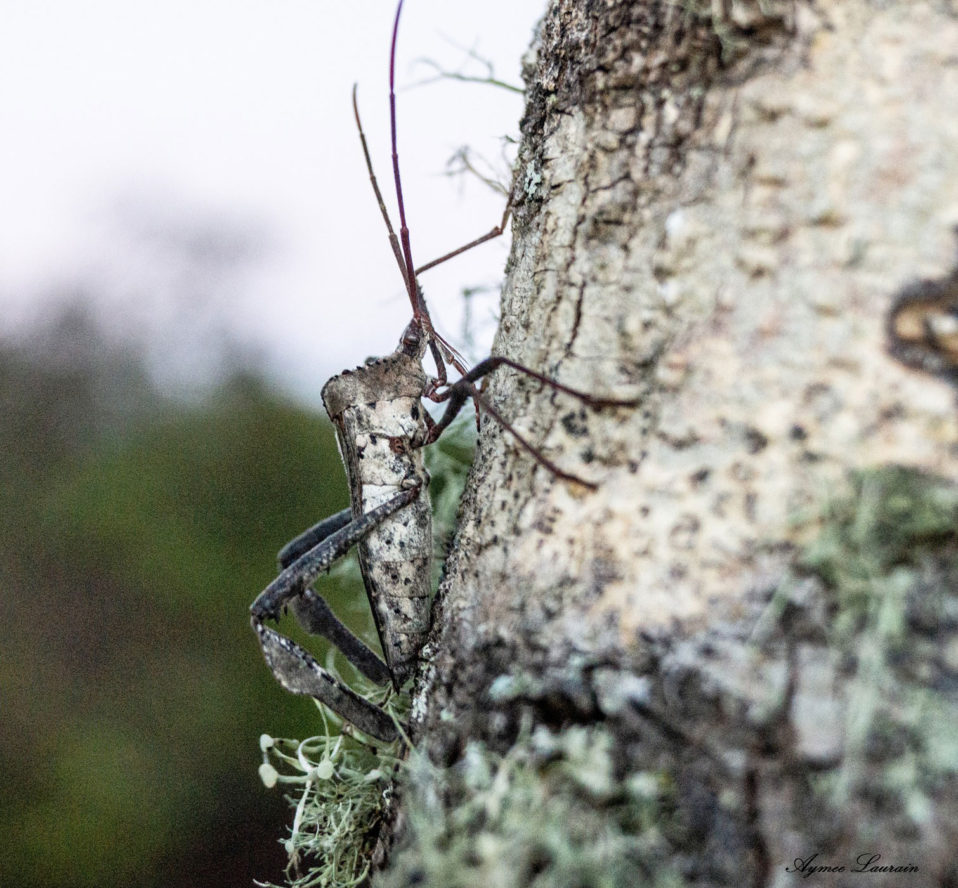
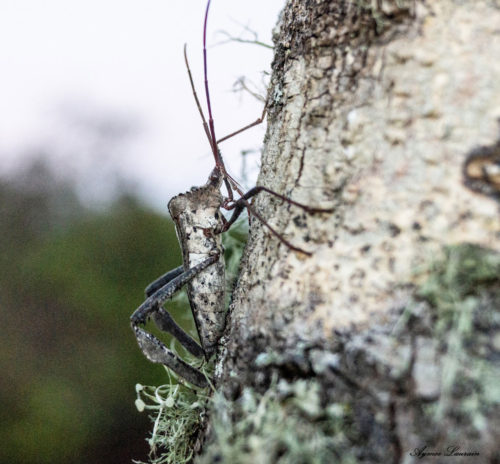
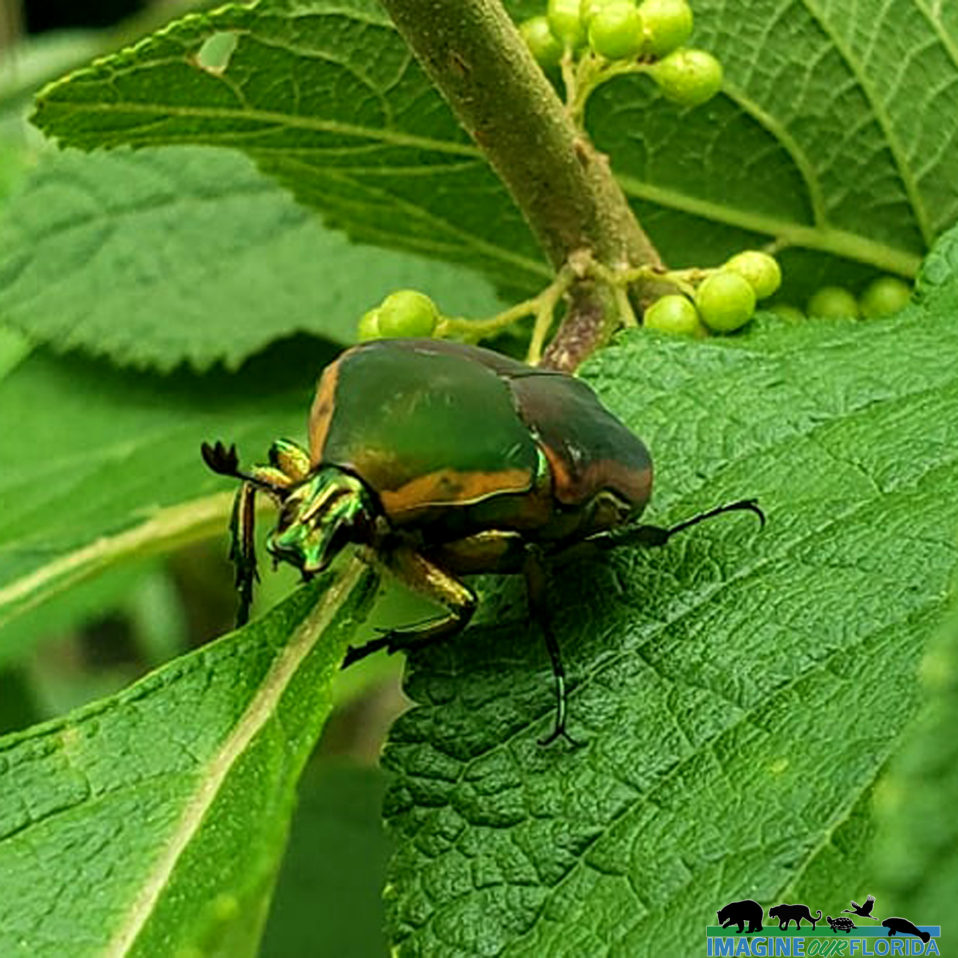
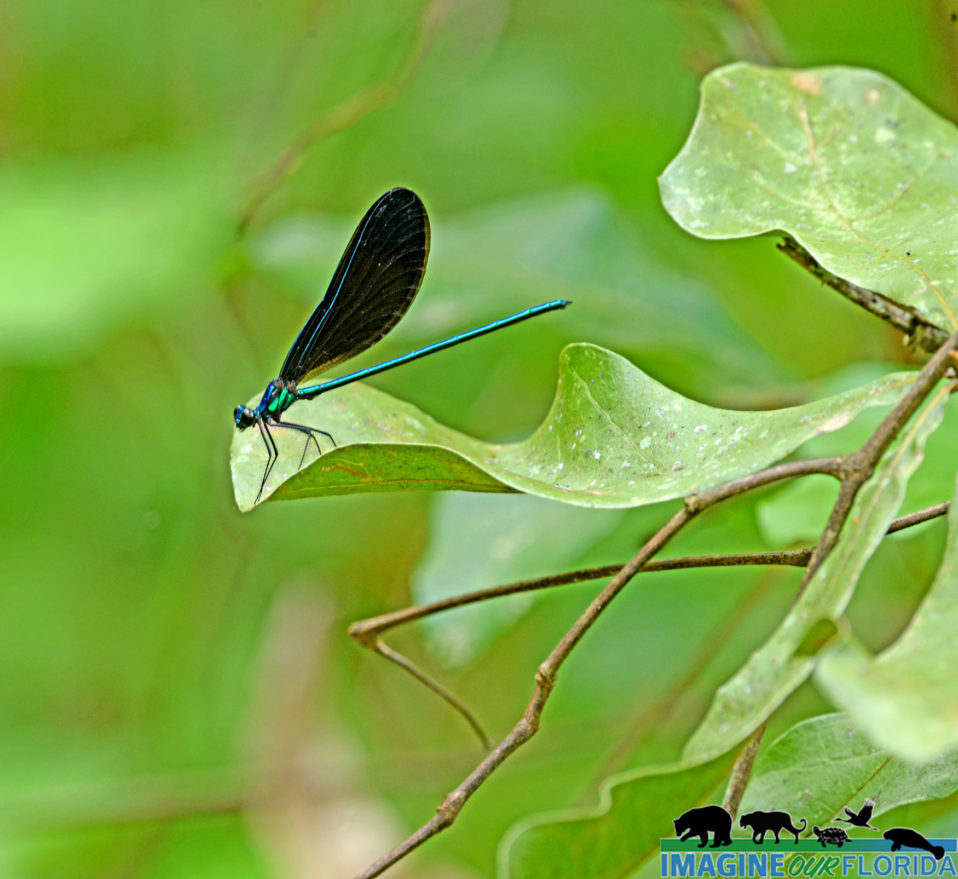
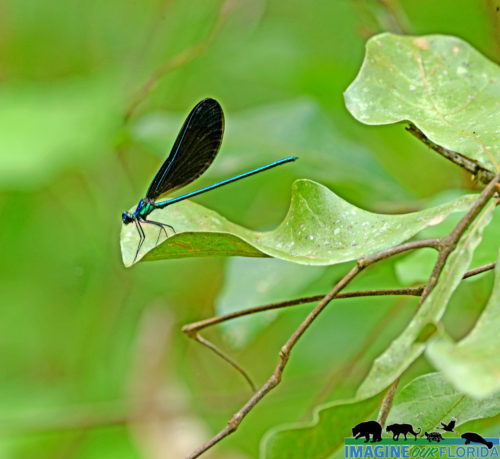
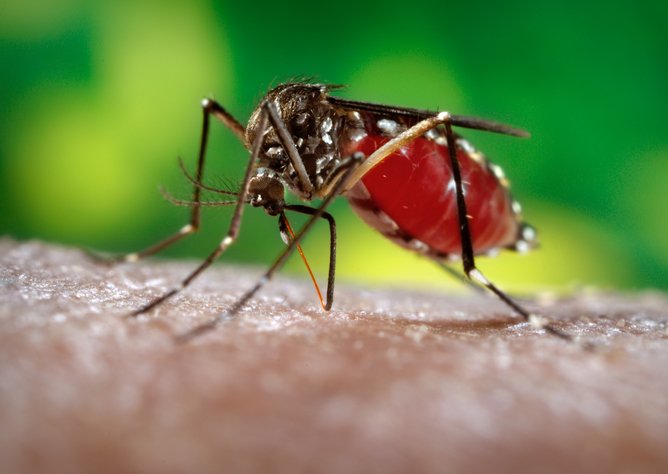
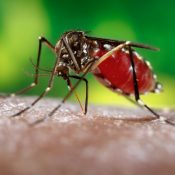
Recent Comments